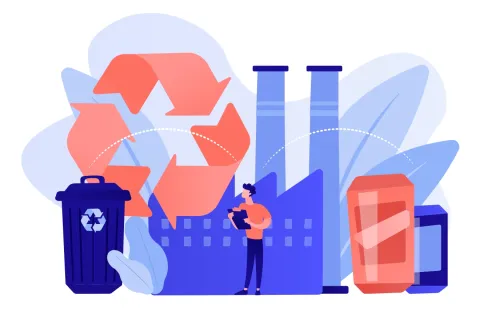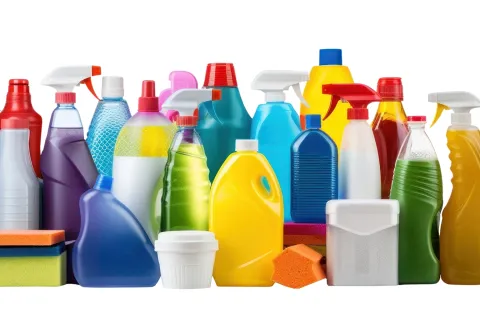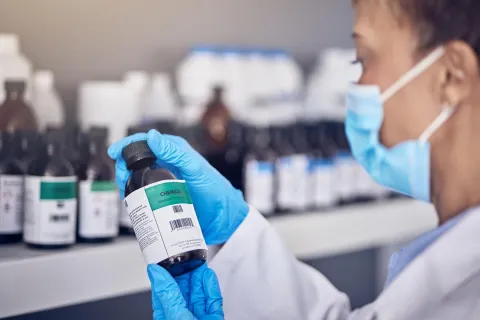
Chemical regulations like the EU’s REACH and the U.S.’s TSCA play a vital role in ensuring safety for people and the environment. Both frameworks aim to manage chemical risks but differ in how they work, who they apply to, and what companies must do to comply.
Scope and Coverage
REACH (Registration, Evaluation, Authorisation and Restriction of Chemicals) applies to all chemical substances manufactured or imported into the EU in quantities of one tonne or more per year. It also covers chemicals in finished products and mixtures.
TSCA (Toxic Substances Control Act) applies to most industrial chemicals in the U.S., excluding products like pesticides, food, and drugs. Unlike REACH, TSCA focuses more on new chemicals or new uses of existing substances.
Registration Requirements
REACH registration process requires companies to register their substances with the European Chemicals Agency (ECHA) before selling them. A detailed technical dossier with safety, use, and hazard data is required. If it’s not registered, it can't be sold—this is known as the “No Data, No Market” rule.
Under TSCA requirements, companies need to file a Pre-Manufacture Notice (PMN) with the U.S. Environmental Protection Agency (EPA) 90 days before introducing a new chemical. The EPA evaluates the risk and can impose restrictions or deny approval.
Chemical Risk Assessment and Testing
REACH places the responsibility on the company to prove that chemicals are safe. It mandates hazard testing based on production volume, and public sharing of key data. High-risk substances—like carcinogens or persistent pollutants—may need special authorisation.
In contrast, under TSCA, the EPA assesses the risk. The updated TSCA law now requires the EPA to review chemicals already in use and act, if they pose unreasonable risks. However, testing is not automatically required unless the EPA requests it.
Substance Restrictions and Enforcement
REACH has several regulatory lists:
- The Candidate List of Substances of Very High Concern (SVHC)
- The Authorisation List (Annex XIV)
- The Restrictions List (Annex XVII)
TSCA has one central Inventory of allowed chemicals, with restrictions added case by case. It does not have an equivalent to REACH’s authorisation process.
Enforcement also differs: REACH is managed by ECHA, but enforcement is handled by each EU member state. Hence ECHA Registration is mandatory for companies to sell their products in EU. TSCA is enforced by the EPA, which can impose hefty fines and penalties for violations.
Supply Chain and Compliance
REACH Compliance requires Safety Data Sheets (SDS), product labelling, and poison centre notifications. Non-EU companies must appoint an Only Representative (OR) to manage their compliance.
TSCA Compliance requires importers and manufacturers to certify compliance, report usage data, and keep records for at least five years.
Global Compliance Strategy
Although both systems aim for Chemical Safety Assessment, REACH is more industry-driven and data-heavy, while TSCA is government-led with more focus on EPA review.
Companies operating in both markets need to manage different compliance strategies. Many choose to meet REACH’s higher standards upfront to simplify global market access.
Freyr supports businesses with REACH and TSCA compliance, helping ensure smooth chemical registrations and regulatory approvals in both the EU and U.S. markets.









